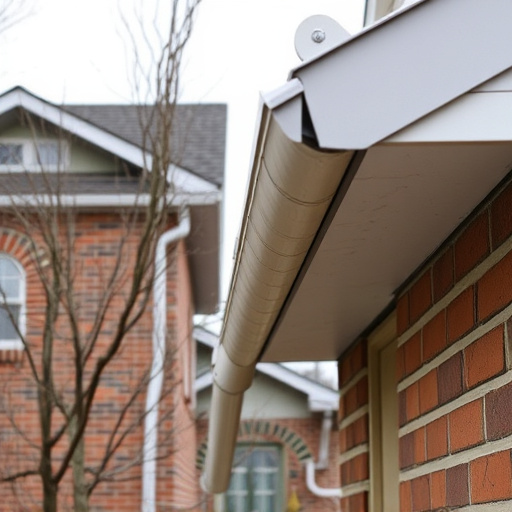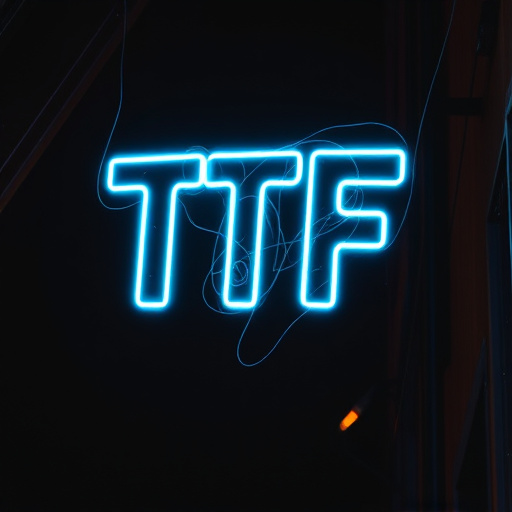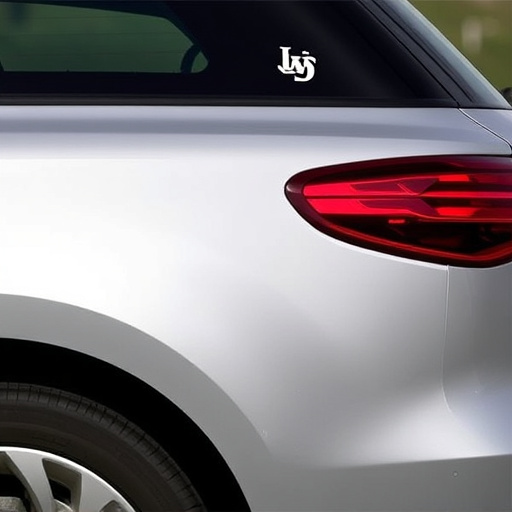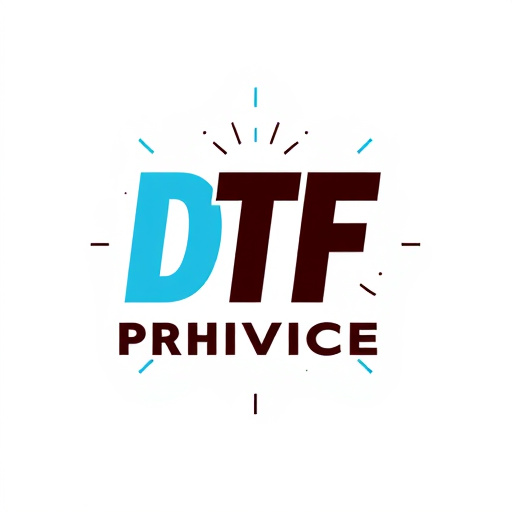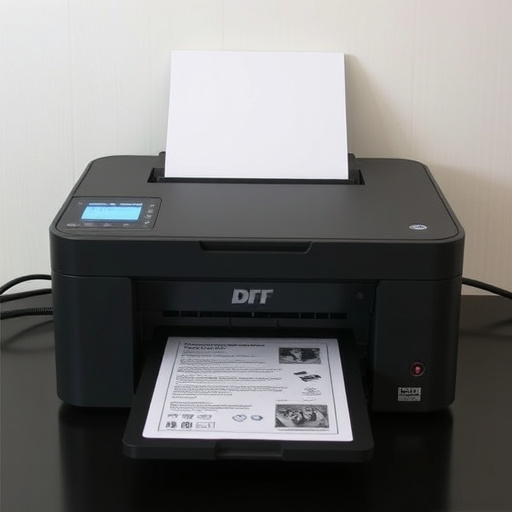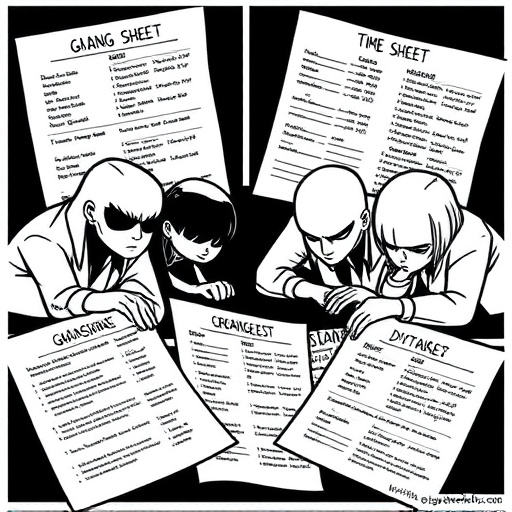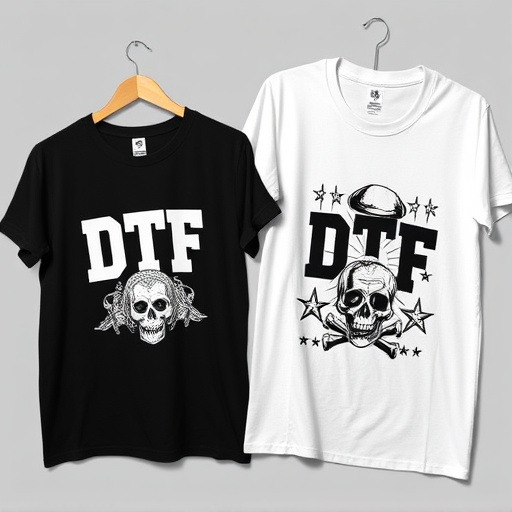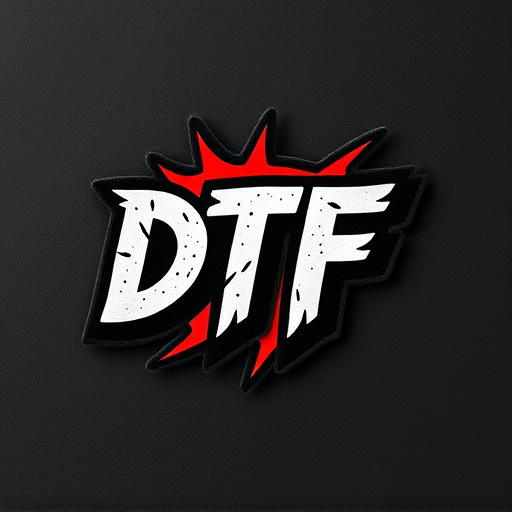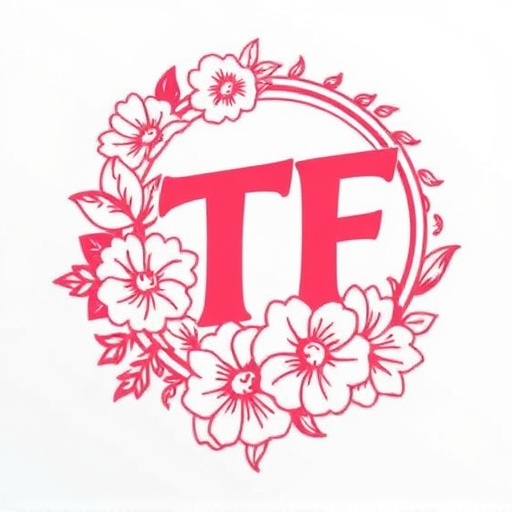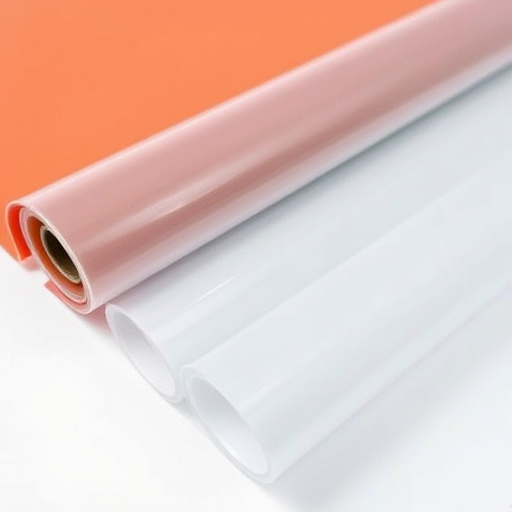Before buying a DTF Transfer Printer, assess your printing needs and budget. Consider printer capabilities, size, and features based on whether you're a business or hobbyist. Key cost factors include initial investment, consumables (ink, films), transfers, and maintenance. Higher-end models are pricier, but regular upkeep can extend their lifespan. Save money by comparing vendors, using budget materials, optimizing color matching, and adhering to design requirements.
Planning to invest in a DTF transfer printer? Navigating this decision involves understanding your printing needs and budget. This guide provides key cost factors and smart strategies to help you make an informed choice. From assessing your print volume to exploring used options, these budgeting tips will ensure you secure the best DTF transfer printer for your requirements without breaking the bank.
- Understanding Your Printing Needs and Budget
- Key Cost Factors for DTF Transfer Printers
- Smart Strategies to Save on Your Purchase
Understanding Your Printing Needs and Budget
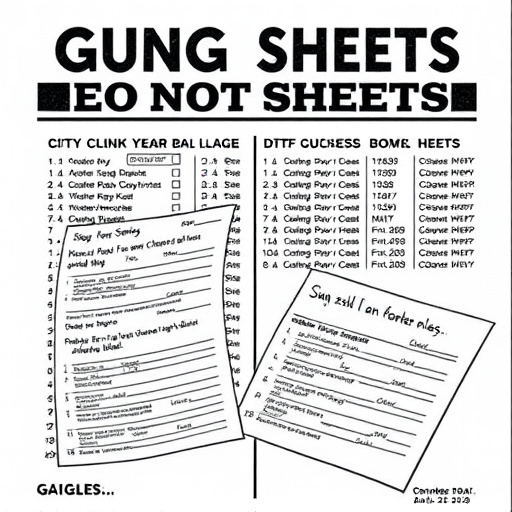
Before diving into the world of DTF transfer printers, it’s crucial to understand your specific printing needs and budget. This decision involves more than just impulse buying; it requires careful consideration of factors unique to your business or personal endeavors. Are you in need of high-volume production for custom apparel using dtf custom apparel services? Or perhaps you’re a hobbyist looking to explore direct to film transfers as a creative outlet? Your answer will dictate the printer’s capabilities, size, and features needed to accommodate your workflow.
Knowing your budget is equally vital. DTF transfer printers come in various price points, catering to different user types. From beginner enthusiasts to established businesses offering dtf printing services, there’s a machine available that fits every scale of investment. Remember, your budget not only determines the printer but also influences the quality and efficiency of the final product. Therefore, aligning your financial means with your requirements is key to making an informed purchase decision for your DTF transfer printer.
Key Cost Factors for DTF Transfer Printers
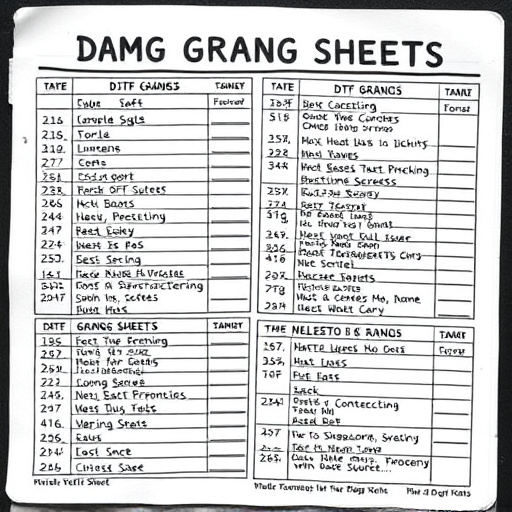
When considering a DTF Transfer Printer purchase, understanding key cost factors is essential. The initial investment for such printers can vary widely depending on features, build quality, and intended use. Higher-end models with advanced capabilities, like faster printing speeds or support for larger formats, will naturally carry a steeper price tag. Moreover, the cost of consumables, including ink, films, and cleaning materials, should be factored in as these recurring expenses can significantly impact your overall spending.
Direct to film (DTF) transfers themselves are another significant cost consideration. The price per square inch for custom dtf gang sheets or individual transfer films can vary, influenced by factors like material quality, brand, and the intricate detail of the design. For businesses focusing on dtf custom apparel, these costs must be carefully managed to maintain competitive pricing while ensuring high-quality prints. Additionally, maintenance and repair expenses should not be overlooked, as regular upkeep is crucial for prolonging the lifespan of your DTF Transfer Printer.
Smart Strategies to Save on Your Purchase
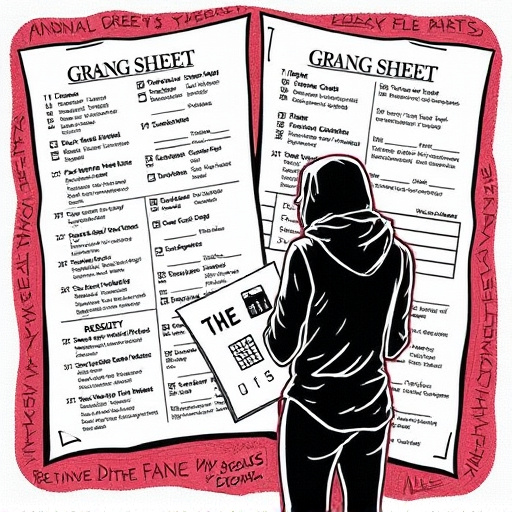
When purchasing a DTF transfer printer, implementing smart strategies can significantly save you money without compromising quality. One effective method is to shop around and compare prices from different vendors. The market for DTF printers is competitive, allowing you to find excellent deals and discounts. Additionally, consider buying used equipment, which often comes at a fraction of the cost of new models while still offering reliable performance.
Another money-saving tip is to focus on dtf printed shirts and other fabric types that align with your budget. Not all materials require expensive printers or inks; versatile options like cotton t-shirts can be printed economically. Furthermore, mastering dtf color matching techniques ensures you use ink efficiently, reducing waste and costs. Adhering to dtf design requirements specific to your printer model can also optimize your printing process and minimize unnecessary expenses.
When considering a DTF Transfer Printer, understanding your printing needs, recognizing key cost factors, and employing smart savings strategies are essential steps. By evaluating your requirements and staying informed about pricing, you can make a well-informed decision that aligns with your budget. Remember, a little planning goes a long way in securing the best deal on this advanced printing technology.



